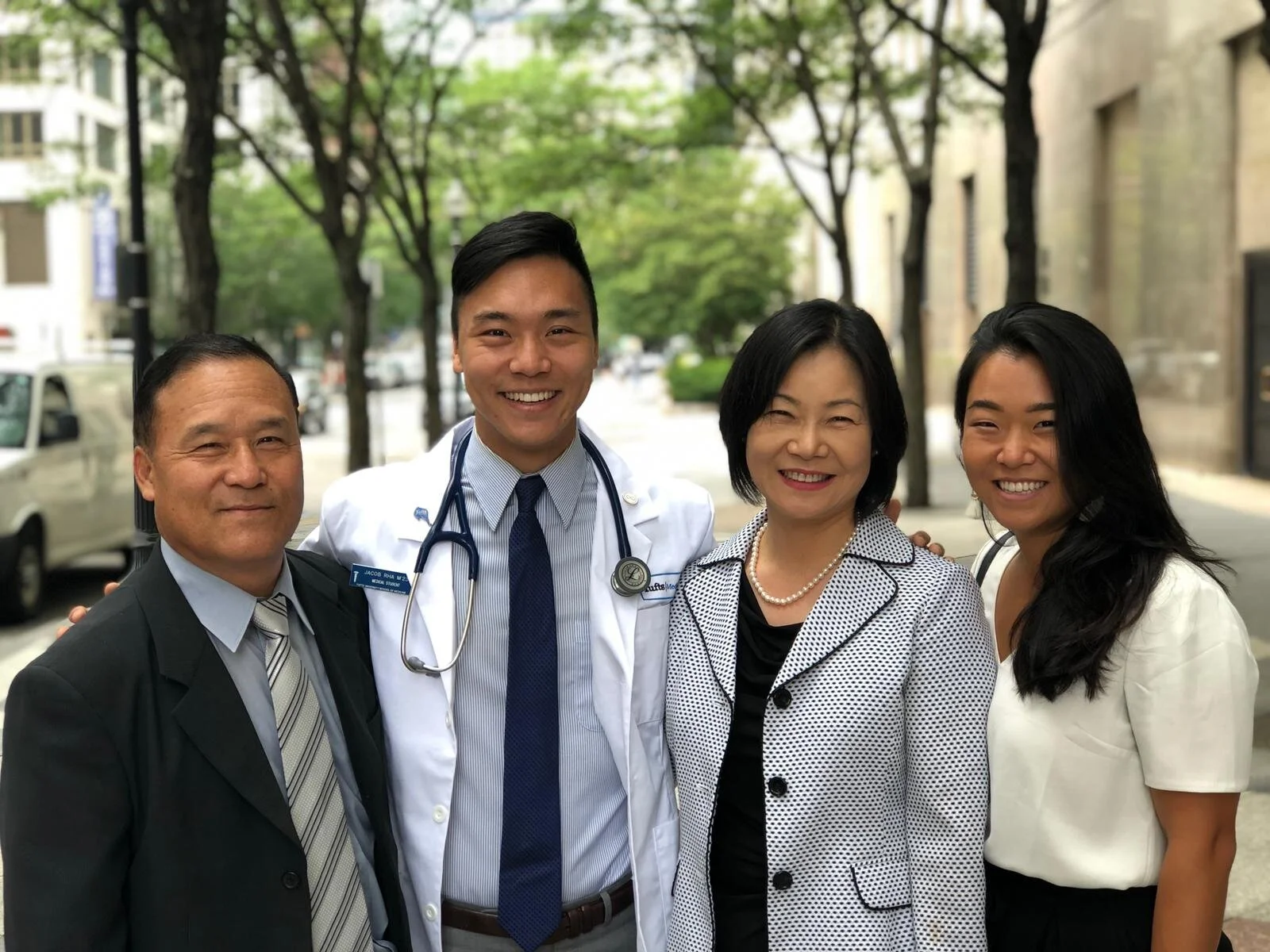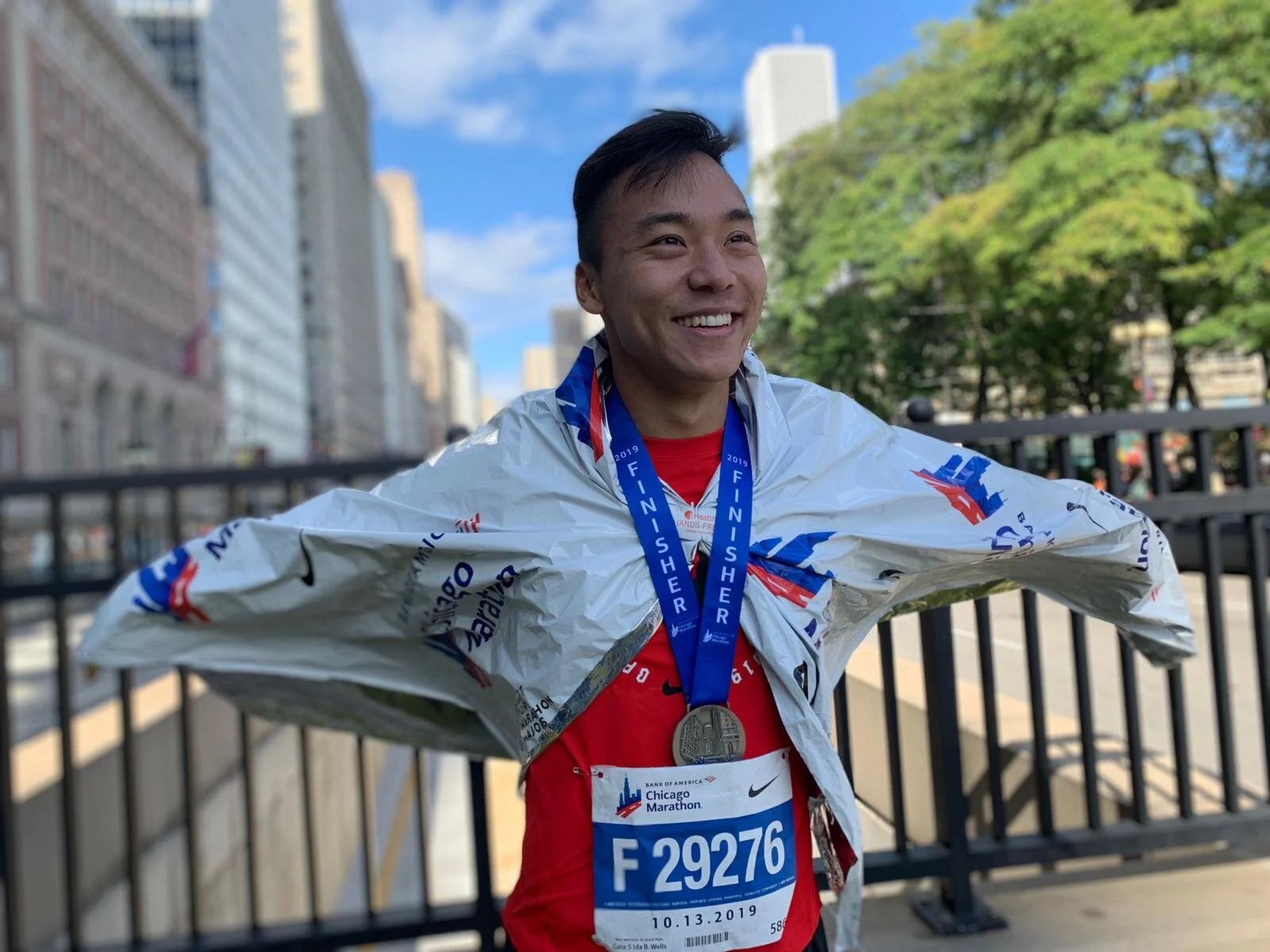The immigrant experience is oft-documented by cultural historians, sociologists, and economists. They delve into the distinct joys and difficulties faced by non-American individuals, journeying to “make it big” in the “land of opportunity.” In today’s rapidly globalizing community, there is another generation of American individuals that requires recognition. There exists a noticeable community that represents the intersection of both the immigrant and native experience, having been born in the States (or spent negligible time in their native land) but growing up with values, traditions, and beliefs that might resemble their parents’ birthplace more than a “typical” American upbringing.
Second-generation immigrants are not immigrants at all, despite the undeniable fact that their parents’ native backgrounds heavily influence their lived experiences – ranging from learning their parents’ native language to adopting similar religious values to engaging in unambiguously cultural traditions. The resurgence of cultural enclaves has laid the groundwork for many to stay the course in the comfort of seeking out other individuals that might look like or hold values similar to themselves, limiting their involvement and exposure to the rest of American culture. On the other hand, second-generation immigrants are also a rapidly budding subset of the American population. They typically fare well socializing with fellow Americans in educational and workplace environments stemming from their early-onset immersion into American culture. The result is a generation of young adults with an embossed stamp of Americanism, attributable solely to their American upbringing. In an effort to assimilate, some of these second-generation folks end up suppressing or even giving up their entire stake in their parents’ native background.
Questions about one cultural identity or the other develop into cognitive dissonance, resulting in conflict, often at the expense of at least one cultural identity, sometimes both. Second-generation immigrants can often attest to not quite “fitting in” with general American society, unable to understand 4th of July fanfare and Thanksgiving traditions. They then realize, in a rude awakening, that they are undoubtedly dissimilar to, and sometimes even rejected from, their parents’ native cultures. This often materializes when visiting their parents’ native “motherland.” Growing up in the diaspora does not lend itself to changing with the times. From the ashes of the aforementioned arises a sort of immigrant-American culture, a third paradigm that is unequivocally bicultural. The most prominent feature of these individuals is the shared experience of managing this balance between two cultures.
I will concede that my writing is not to identify to anything novel. My descriptions are likely extremely common among individuals that genetically have their foot in two arenas, such as an American-born child with an Indian mom and an American dad. Here, the term “biculturalism” seems to miss the point of that third identity. Triculturalism? 2.5-culturalism? However, taking this a step further, what about an American-born child with an Indian mom and a German dad? Are they quadri-cultural? American, Indian, German, and a 4th cultural identity that exists at the intersection of the three?
I personally wrestle with this constantly. My identity is always in flux with my strong affinity for both Korean and American culture. This experience exactly is the crux upon which my “multicultural identity” lies.
Jacob is a Tufts University School of Medicine Class of 2023 MD Candidate. He is also pursuing an MBA at the Heller School of Social Policy and Management at Brandeis University. In his free time, he enjoys running, playing volleyball, and exploring new places.

